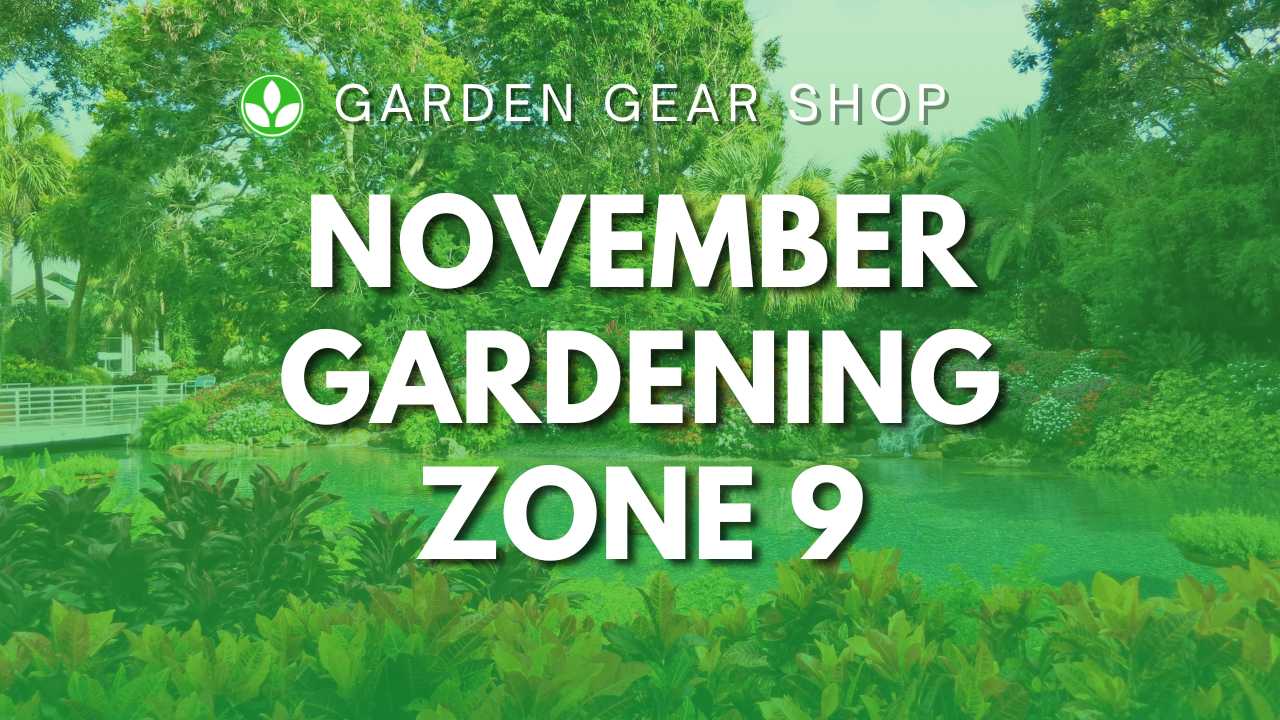November in Zone 9 brings a unique set of gardening challenges and opportunities. Unlike the harsh freezes experienced in colder zones, Zone 9 gardeners face a more subtle shift – a transition from the vibrant autumn hues to a milder, yet still dynamic, winter season.
This means that while the intensity of growth slows, the gardening year is far from over. Understanding the specific nuances of November gardening in Zone 9 is key to maintaining a thriving and productive garden throughout the winter months.
This post will explore the vital aspects of November gardening in Zone 9, providing detailed advice for a successful transition into the cooler season.
Preparing Your Garden for November’s Subtle Shift in Zone 9
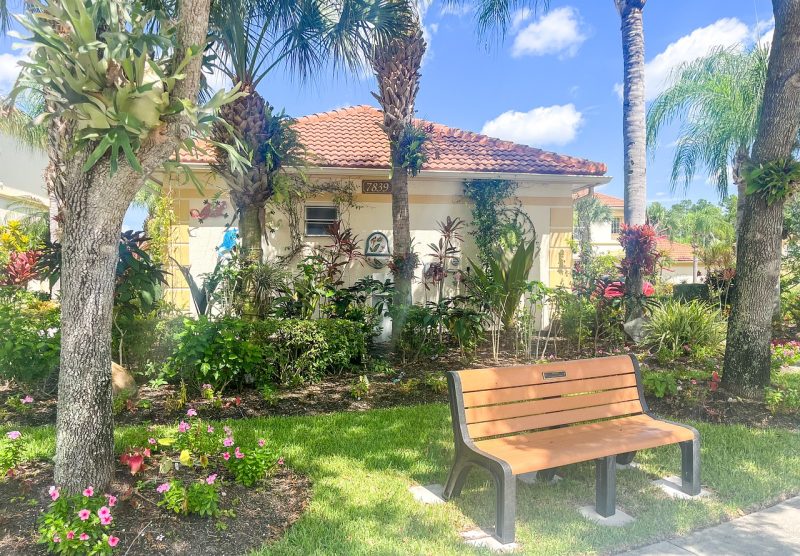
November in Zone 9 signifies the beginning of the cooler season, although “cool” is relative. While frost is unlikely in most parts of Zone 9, temperatures can drop significantly at night, impacting tender plants.
Therefore, preparing your garden for these subtle temperature fluctuations is paramount. This preparation isn’t about shutting everything down; rather, it’s about strategic adjustments that protect your existing plants and set the stage for future growth. For November gardening in Zone 9, consider these crucial steps:
Assessing your existing plants:
Identify which plants are cold-sensitive and require protection. This might involve moving potted plants indoors or providing them with frost cloth. For in-ground plants, consider mulching heavily around their bases to insulate the roots. This is especially critical for newly planted trees and shrubs that haven’t yet established a strong root system. Remember that even though frost is less likely than in colder zones, unexpected cold snaps can still damage vulnerable plants.
Cleaning up fallen leaves:
While fallen leaves contribute to soil health, excessive accumulation can smother plants and create a breeding ground for pests and diseases. Rake up leaves and compost them, or use them as mulch around less sensitive plants. Proper leaf management is a crucial part of November gardening in Zone 9, contributing to a healthy and pest-free garden environment.
Soil preparation for winter planting:
November is an ideal time to amend your soil for spring planting. Conduct a soil test to determine its pH and nutrient levels. Amend with compost, well-rotted manure, or other organic matter to improve soil structure and fertility. This proactive approach will give your soil time to settle and benefit your plants when you begin spring planting. This proactive soil management is a key element of successful November gardening in Zone 9.
Watering adjustments:
With cooler temperatures, the rate of evaporation slows. Adjust your watering schedule accordingly to avoid overwatering and potential root rot. However, don’t let the soil dry out completely, especially for plants that are still actively growing or those you’ve recently planted. Monitoring soil moisture is essential for successful November gardening in Zone 9.
Planting and Sowing for Continued Growth in November’s Zone 9 Garden:
While the growth rate slows, November in Zone 9 still offers opportunities for planting and sowing, particularly for cool-season crops. This contrasts sharply with colder zones where gardening activity significantly decreases in November. Focusing on these cool-season crops is a crucial aspect of November gardening in Zone 9.
Cool-season vegetables:
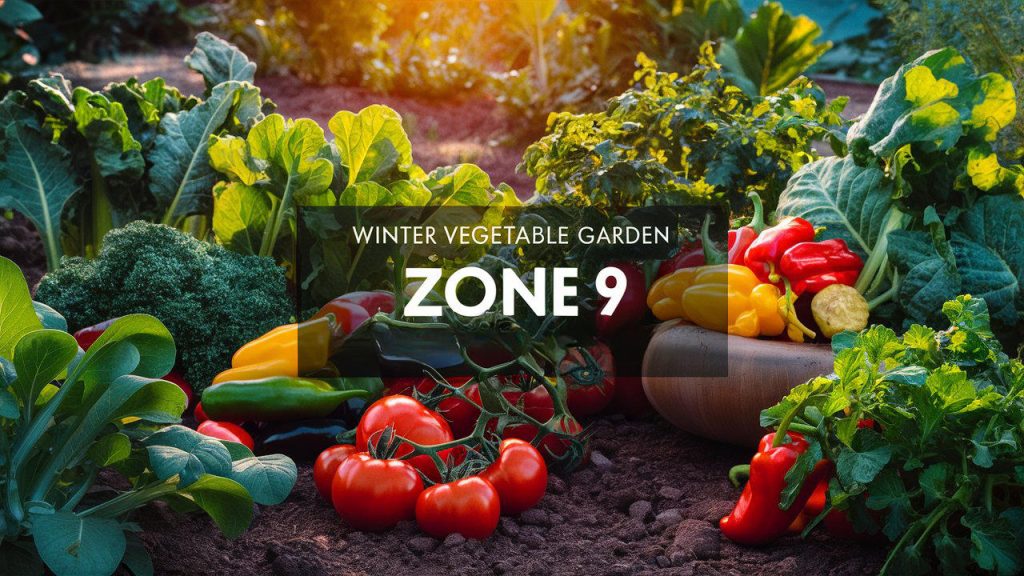
Many cool-season vegetables thrive in the milder temperatures of November in Zone 9. Consider planting or sowing seeds of leafy greens like spinach, kale, lettuce, and arugula. These crops can withstand cooler temperatures and will provide a harvest in the coming months.
Root vegetables like carrots, radishes, and turnips can also be sown in November for a spring harvest. This continued planting directly contributes to a year-round harvest strategy for Zone 9 gardening.
Winter flowering plants:
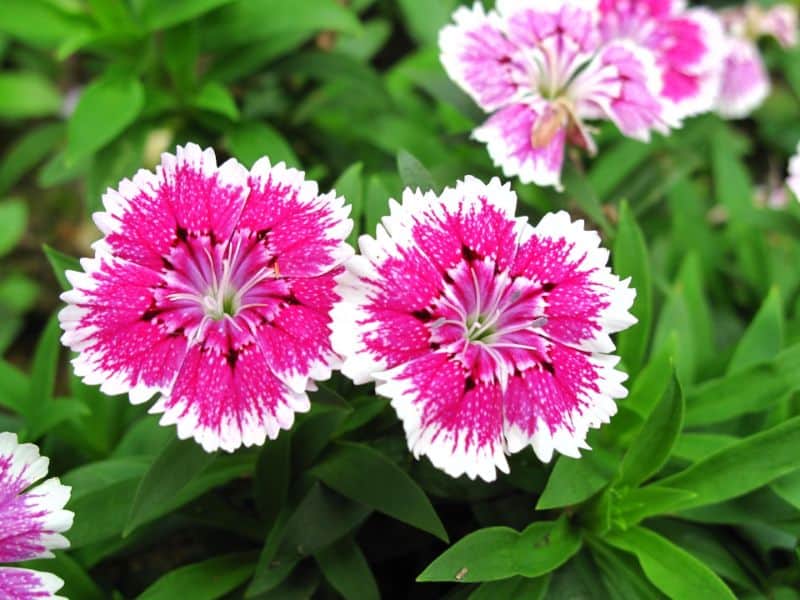
November is a great time to plant winter-flowering annuals and bulbs. Pansies, violas, and snapdragons are excellent choices that will add color to your garden throughout the winter months. Planting bulbs like tulips, daffodils, and hyacinths now will ensure a beautiful spring display. This aspect of November gardening in Zone 9 provides a vibrant continuation of color and beauty throughout the winter.
Pest and Disease Management in the November Zone 9 Garden:
Even in the milder climate of Zone 9, pests and diseases can still be a concern in November. Proactive measures are crucial for maintaining a healthy garden. This preventative approach is a vital part of successful November gardening in Zone 9.
Monitoring for pests: Inspect your plants regularly for signs of pests and diseases. Cooler temperatures can slow down pest activity, but it doesn’t eliminate it. Address any infestations promptly to prevent them from spreading. Common pests in Zone 9 include aphids, spider mites, and whiteflies. Early detection and intervention are key components of successful November gardening in Zone 9.
Disease prevention: Good sanitation practices are essential for preventing disease. Remove and dispose of any infected plant material promptly. Ensure proper air circulation around plants to prevent fungal diseases. Consider using organic fungicides as a preventative measure, especially if you experienced disease problems in previous seasons. This proactive disease management is a significant aspect of successful November gardening in Zone 9.
Protecting plants from wildlife: As food sources become scarcer, wildlife may turn to your garden for sustenance. Protect vulnerable plants with netting or other barriers. Consider using repellents if necessary, but always choose environmentally friendly options. This protection is a crucial consideration in November gardening in Zone 9, especially in areas with abundant wildlife.
Maintaining Your Zone 9 Garden Through November’s Transition:
November gardening in Zone 9 isn’t just about planting and protecting; it’s also about maintaining the overall health and structure of your garden. These maintenance tasks contribute significantly to the success of your garden throughout the cooler months.
Pruning and trimming:
November is a good time to prune and trim many plants. Remove dead, damaged, or diseased branches. This improves the overall health of your plants and encourages new growth in the spring. However, avoid pruning plants that are particularly vulnerable to cold damage. This careful pruning is an important element of November gardening in Zone 9.
Mulching:
Apply a layer of mulch around plants to protect their roots from fluctuating temperatures. Mulch also helps retain soil moisture and suppress weeds. Choose an organic mulch that will decompose over time and enrich the soil. This mulching is an essential practice in November gardening in Zone 9.
Irrigation system maintenance:
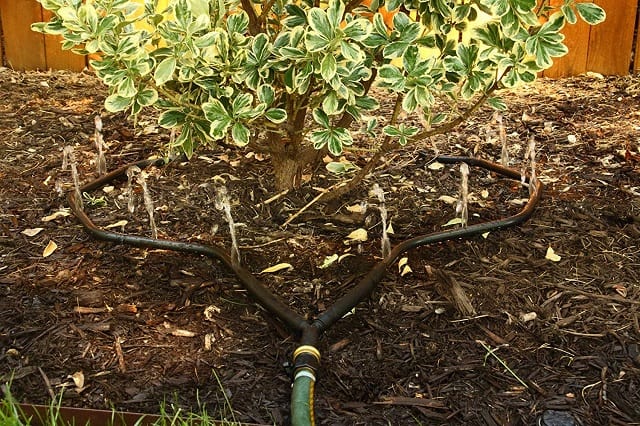
If you have an irrigation system, inspect it for any damage or leaks. Clean the sprinkler heads and make any necessary repairs. This preventative maintenance is crucial for ensuring a properly functioning irrigation system when the warmer months return. This maintenance is a vital component of successful November gardening in Zone 9.
Planning for the Future: A Look Ahead from Your November Zone 9 Garden:
November gardening in Zone 9 provides a valuable opportunity to plan for the upcoming gardening season. This forward-thinking approach ensures a successful and productive year ahead.
Seed starting:
Begin starting seeds indoors for spring planting. Cool-season crops like lettuce, broccoli, and cauliflower can be started now. This early start gives your plants a head start and ensures an earlier harvest. This forward planning is a key element of successful November gardening in Zone 9.
Planning your spring garden:
Review your past successes and failures. Make a list of the plants you want to grow next year. Order seeds and plant materials early to ensure availability. This detailed planning is an essential aspect of successful November gardening in Zone 9.
Tool maintenance:
Clean and sharpen your gardening tools. Store them properly to protect them from the elements. This care will ensure that your tools are ready for use when the spring gardening season arrives. This tool maintenance is a crucial practice in November gardening in Zone 9.
Conclusion:
November gardening in Zone 9 presents a unique set of challenges and opportunities. By understanding the specific nuances of the climate and adapting your gardening practices accordingly, you can maintain a thriving and productive garden throughout the milder winter months.
From preparing your soil and protecting vulnerable plants to planting cool-season crops and planning for the future, each step contributes to the overall success of your November gardening efforts in Zone 9.
Remember that proactive planning, careful observation, and adaptive techniques are the keys to a thriving and rewarding garden experience in this unique climate. Embrace the transition, and enjoy the rewards of a year-round gardening journey in Zone 9.


